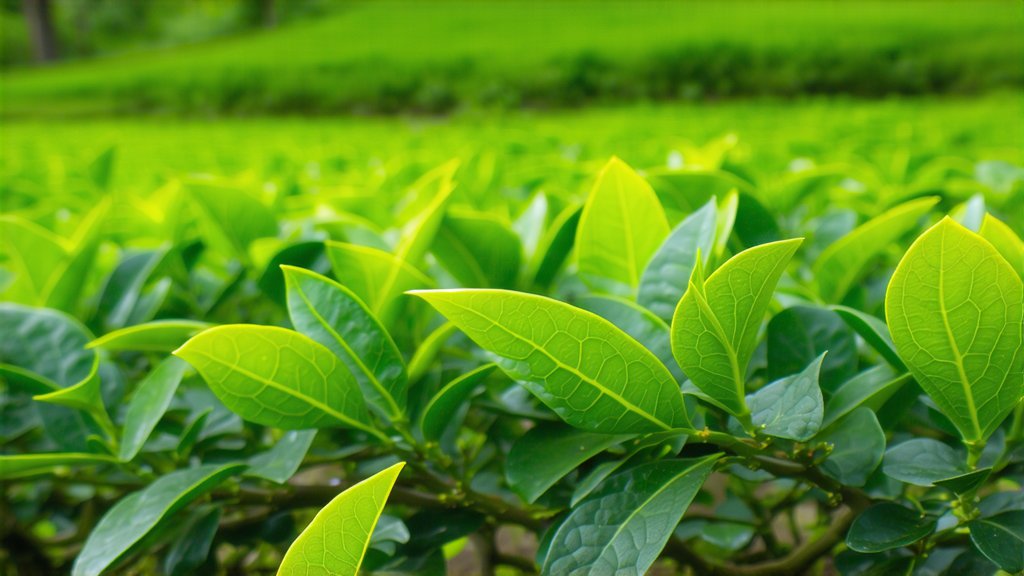
In the vast and diverse tapestry of Chinese tea culture, few varieties capture the imagination quite like Junshan Yinzhen, a revered member of the Huangcha (yellow tea) family. With its golden hue and unique flavor profile, this tea has carved out a niche for itself among connoisseurs worldwide. This article delves into the history, types, production process, and tasting methods of Junshan Yinzhen, offering an in-depth exploration of this exquisite beverage that bridges ancient tradition with modern appreciation.
A Historical Journey
Junshan Yinzhen, also known as Junshan Silver Needle, hails from the lush hills of Junshan County in Hunan Province, China. Its origins can be traced back to the Tang Dynasty (618-907 AD), a period marked by significant cultural and economic flourishing. It is said that during this time, the tea was presented as a tribute to the emperor, earning it the prestigious title of "Imperial Concubine Tea." Over centuries, Junshan Yinzhen evolved, adapting to changing tastes and preferences while preserving its core essence—a testament to the enduring legacy of Chinese tea culture.
Varieties within the Genre
Though Junshan Yinzhen stands alone in its uniqueness, the broader Huangcha category encompasses several other intriguing varieties, each with its distinct characteristics and charm. Among these are Mengding Huangya (Yellow Sprout Tip),霍山黄芽 Huoshan Huangya, and Mooer Chun (Wood-like Spring). These teas share a common thread of minimal processing, allowing nature's inherent flavors to shine through. However, it is Junshan Yinzhen that remains the crown jewel, celebrated for its exceptional quality and rarity.
The Art of Crafting Junshan Yinzhen
The journey from leaf to cup for Junshan Yinzhen is a meticulous one, steeped in tradition and expertise. Harvesting typically occurs between April and May when the tenderest buds and leaves are handpicked. These young shoots, often no more than 2 centimeters in length, consist of a single bud surrounded by nascent leaves, resembling silver needles—hence the name "Yinzhen."
Post-harvest, the leaves undergo a series of carefully controlled processes:
-
Fixation: Unlike green teas that are quickly fried or steamed to halt oxidation, Huangcha undergoes a gentler fixation process. The freshly picked leaves are lightly pan-fried or baked at low temperatures to remove excess moisture without fully stopping enzymatic activity.
-
Slow Oxidation: This step is crucial in defining the yellow color and subtle flavors of Huangcha. The fixed leaves are wrapped in paper or cloth and left to slowly oxidize over several hours to days. This controlled exposure to air allows enzymes to break down complex compounds, creating the tea's distinctive character.
-
Drying: Finally, the leaves are dried further using low heat to achieve the desired moisture content, enhancing their shelf life and preserving flavor.
Savoring Junshan Yinzhen: A Tasting Ritual
To truly appreciate Junshan Yinzhen, one must engage in a mindful tasting ritual that respects its nuances and depth. Here’s how to embark on this sensory adventure:
-
Warming the Utensils: Begin by rinsing your teapot and cups with hot water to cleanse them and maintain optimal serving temperature.
-
Measurement: For every 150ml of water, use approximately 2-3 grams of Junshan Yinzhen leaves. Adjust according to personal preference for stronger or milder brews.
-
Water Quality: Use fresh, filtered water heated to around 80-85°C (176-185°F). High-quality water enhances the tea's natural flavors.
-
Steeping: Pour the hot water over the leaves and let them steep for about 2-3 minutes. Avoid oversteeping as it may result in bitterness.
-
Observation: Admire the pale yellow liquor, a visual indicator of Junshan Yinzhen's unique processing method.
-
Smelling: Inhale deeply before sipping to detect the subtle aromas, which may include notes of honey, chestnut, and a hint of sweetness.
-
Tasting: Take small sips, allowing the tea to coat your palate. Notice the smooth, mellow texture and the interplay of flavors—sweet yet slightly astringent, with a lasting aftertaste.
-
Multiple Infusions: Junshan Yinzhen can be steeped multiple times, each infusion revealing different facets of its character. Gradually increase steeping times for subsequent brews.
Conclusion
Junshan Yinzhen embodies the essence of Chinese tea artistry, representing not just a beverage but a cultural heritage that spans millennia. Its intricate production process, coupled with a refined tasting experience, invites enthusiasts to embark on a journey through time and taste. As we continue to explore and celebrate the diversity of teas around the world, let us also pay homage to treasures like Junshan Yinzhen, which remind us of the profound connection between nature, tradition, and human creativity.